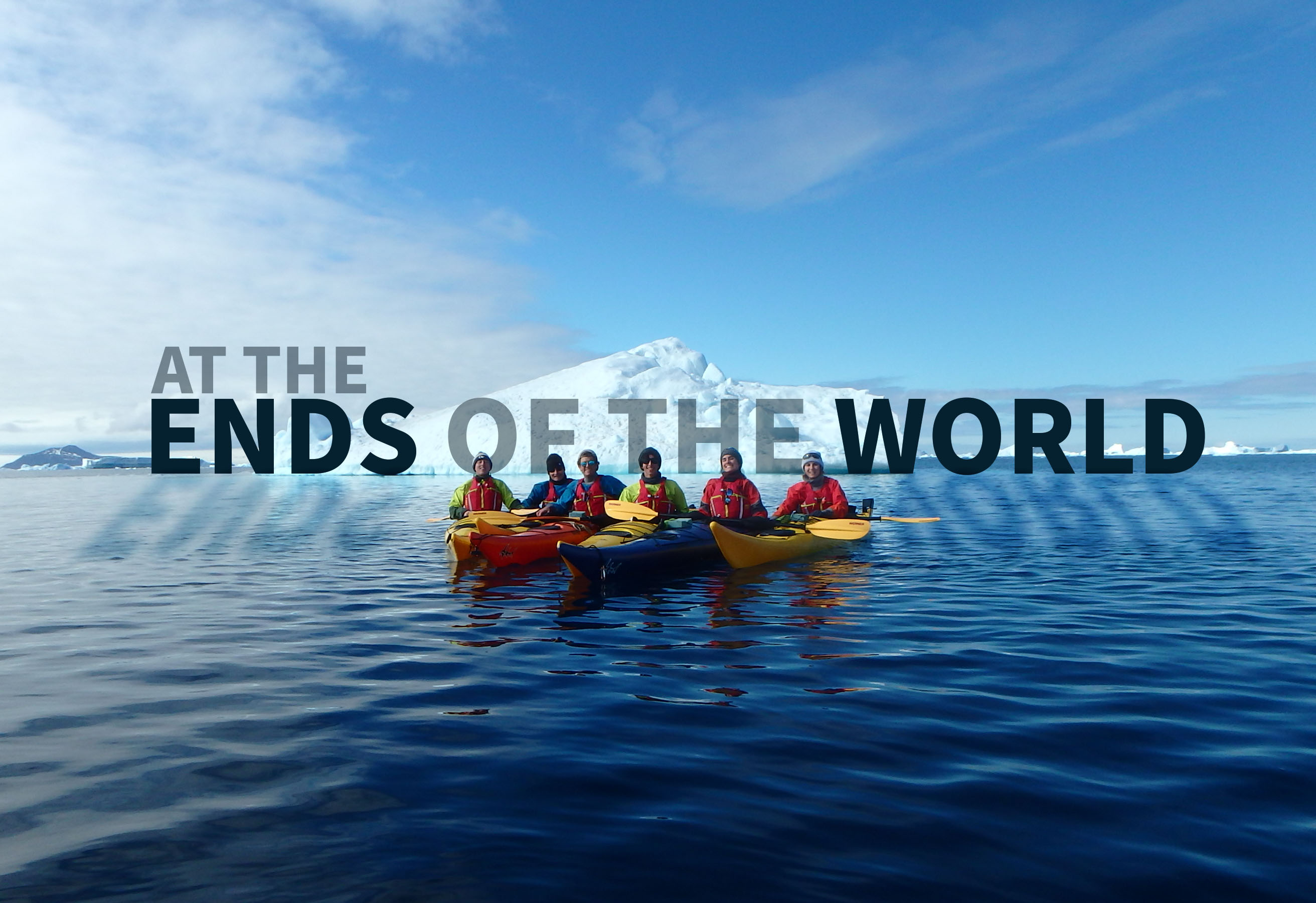
It is not uncommon for Georgia Tech students to fly into Atlanta the day before or even on the first day of classes to begin a semester. Each year, Yellow Jackets study abroad, complete co-ops and internships, or travel the country and world. But not many students’ destinations have included the glacial fjords of Greenland or the iceberg-laden, deep blue waters off the coast of Antarctica.
For Taylor Sherwood and Grant Reidy, the first day of class for two consecutive semesters was preceded by once-in-a-lifetime sea kayaking excursions at the top and bottom of the world.
In August 2023, Sherwood and Reidy led an expedition of six Yellow Jacket students and one alum on an 11-day adventure to Greenland just below the Arctic Circle. The trip was planned and executed by students, with support from Outdoor Recreation at Georgia Tech (ORGT) — a Campus Recreation program founded in 1970 that provides opportunities for students to experience recreation away from campus with backpacking, mountain biking, cascading, caving, rock climbing, and kayaking excursions.
Sherwood, Reidy, and the rest of the team returned from Greenland the day before classes started. Just 124 days later, the duo, alum John Traendly, and a new team were loading onto a ship at the southern tip of Argentina. They were getting set to cross the treacherous seas of the Drake Passage to Antarctica. In just four months, Sherwood and Reidy would paddle in some of the northernmost and southernmost waters on the planet.
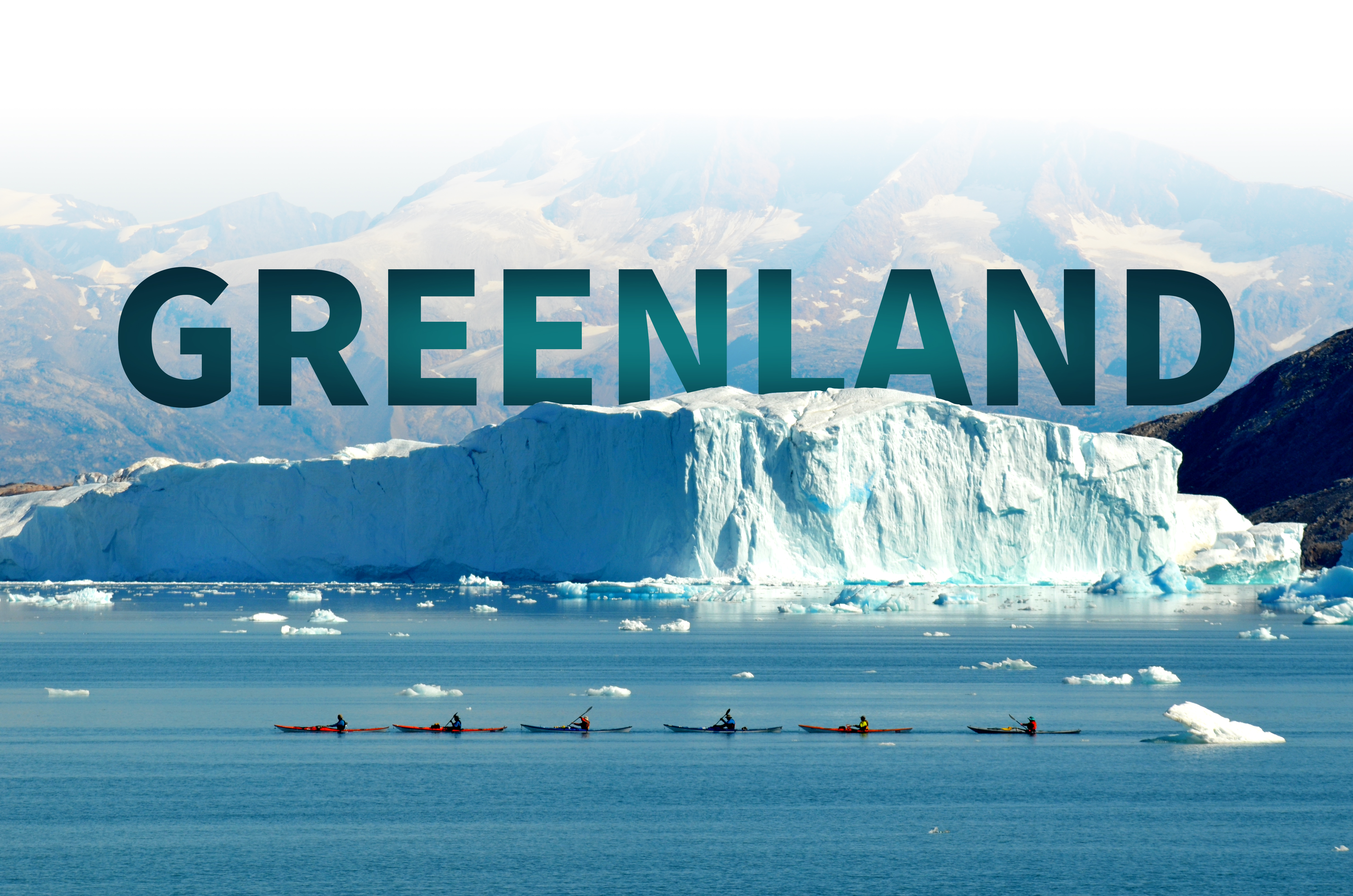
The decision to embark on a nearly two-week camping and kayaking trip in a remote wilderness is not made on a whim. Months of education and training went into the formation of itineraries and plans.
For Sherwood and Reidy, both Stamps President's Scholars at Georgia Tech, that meant research. They began looking at lodging, kayaking routes, and campsites in Greenland. They worked with outfitters and guides. They held meetings to study and understand the geography, wildlife, and history of the locations they planned to traverse. The team put in miles on the water and went over safety procedures and techniques.
They meticulously prepared for every scenario.
“We do a lot of risk mitigation,” said Traendly, an experienced sea kayaker who holds two degrees from Georgia Tech and, at age 77, accompanies students on excursions. “The great thing about Georgia Tech and its support of outdoor recreation is that they allow us to go on very challenging trips.”
The average temperature in Greenland in August ranges from 32 to 50 degrees Fahrenheit, with water temperatures that can dip below freezing. The team carried camping gear on their kayaks and averaged about 15 miles per day on the water to complete the expedition. It was the first time that ORGT had sent Georgia Tech students to Greenland.
“We pick some of the most extreme environments possible to go and do these types of trips,” said Sherwood. “Massive icebergs aren’t something you see on the Chattahoochee River.”
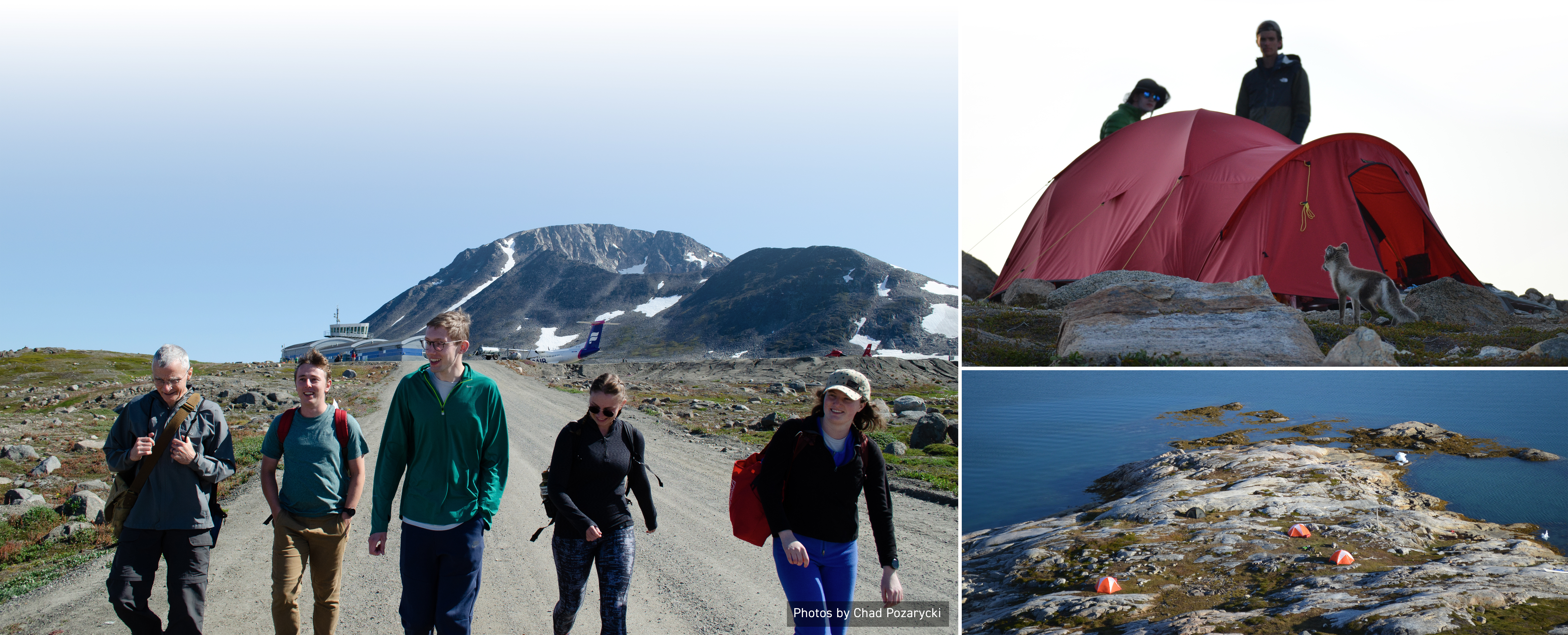
For Sherwood, who grew up near Lake Sinclair in central Georgia, paddling next to chunks of ice miles wide and upwards of 10 stories tall was in stark contrast to the Tennessee River or Okefenokee Swamp excursions.
“It was just something I hadn’t seen before,” remembered Sherwood. “The mountains rise straight up from the side of the water, and you’re surrounded by towering cliffs the whole time. It was a true backcountry experience.”
Chad Pozarycki, a Ph.D. candidate in chemistry in the College of Sciences, was struck by the wildness of the landscape and creatures that inhabited the fjords.
“Crisp, bright, rugged,” Pozarycki recalled. “On land, there were no trees at all — only small shrubs and huge rocks. The icebergs were the size of stadiums. The whales felt like gods, completely unaware of our existence.”
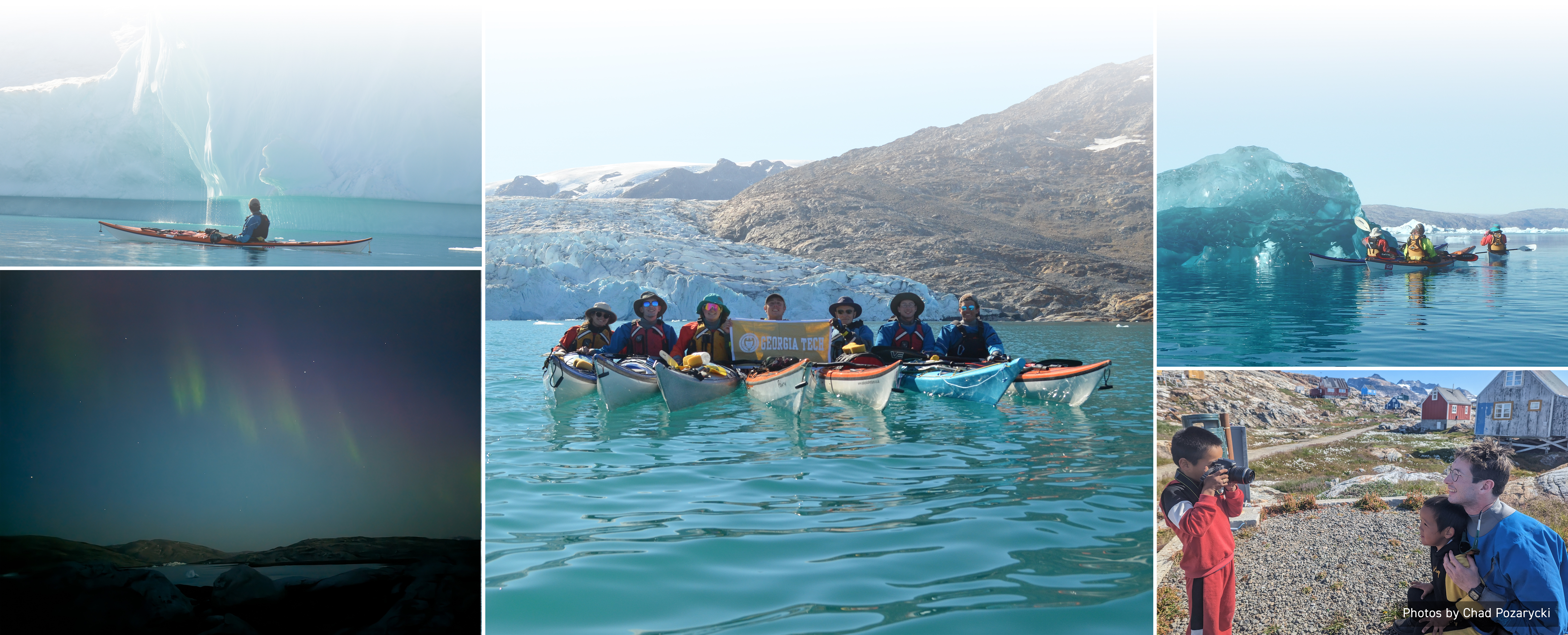
Miranda Ward, an undergraduate aerospace engineering student, would scoop up chunks of ice while in her kayak and snack on them. “Probably the freshest water I’ve ever had,” she recalled.
Even in this remote and sparsely populated region, the team made connections with locals. In the small outpost village of Tiniteqilâq, members of the expedition stopped to fill their water bottles. Two children from the native Inuit community took an interest in the visitors and wanted to help.
“We only knew one word in their language that meant ‘thank you,’” Sherwood said. “We built this system. We would say ‘thank you,’ and that would be the indication to stop the faucet. It was kind of a tender moment even though our backgrounds and experiences were from two completely different worlds.”

The Legendary John Traendly
When John Traendly first came to Georgia Tech’s campus in the 1960s, the thought of sea kayaking did not enter his mind.
After earning an undergraduate degree from Tech in 1968 and completing an industrial management master’s degree in 1973, Traendly worked for companies like FedEx in information and logistics. He transitioned into the entrepreneurial space later in his career and successfully sold three companies.
Upon retirement, his wife hinted that he was home a little too often and urged him to find a hobby. Traendly saw a commercial for sea kayaks and bought one.
After a few years of learning on his own, Traendly became an American Canoeing Association instructor and a British Union coach. In 2011, he learned about ORGT from then Georgia Tech President G.P. “Bud” Peterson. Traendly discovered that ORGT provided a variety of outdoor activities, but he noticed sea kayaking was missing. He stepped in.
In 13 years of going on expeditions with college students, Traendly has tapped into the proverbial fountain of youth. He has led 157 short trips with nearly 1,400 students — and that doesn’t include expeditions to Iceland, Alaska, Washington, the Florida Keys, Norway, Greenland, and Antarctica.
“The quiet solitude just paddling in the wilderness; you just feel younger,” Traendly said. "[Tech students] are kind of the ideal audience to share it with."

Outdoor Recreation at Georgia Tech
Just two years after Traendly left Georgia Tech with his undergraduate degree, ORGT opened its doors on campus in 1970. Eventually, ORGT became a part of the Campus Recreation Center, where the organization’s offices are located today.
Each year, ORGT engages with thousands of Georgia Tech students. The program offers 120 open enrollment weekend trips in nine adventure sports and coordinates 17 one-to-two-week wilderness expeditions in the United States and abroad.
ORGT manages more than 225 volunteer leaders-in-training. The certification process from instructor-in-training to trip leader can take up to one and a half years to complete.
Since 2011, ORGT has organized 128 expeditions, spanning 28 countries and reaching all seven continents. Some 1,684 Georgia Tech students have experienced an expedition.
Some of the adventure activities include backpacking, mountain biking, cascading, caving, whitewater kayaking, rock climbing, and outdoor mindfulness. Georgia Tech faculty and staff are eligible to participate, but current students receive a discounted fee. Adventure trips are not open to alumni.
To learn more about ORGT trips and experiences, click here.

While training and preparing for Greenland, Sherwood and Reidy began planning a second expedition: a trip to the southernmost continent on the planet — Antarctica.
In the middle of December, a team of five intrepid Georgia Tech students and Traendly began trekking individual paths to the bottom of Argentina. Sherwood flew from Atlanta to Colombia, then to Peru, then to Buenos Aires before finally arriving in Ushuaia — the southernmost town in Argentina and the launching point of their vessel.
Before boarding the ship that would carry the team across the Drake Passage for two days, Sherwood, Reidy, and other team members took the opportunity to go hiking in South America.
“We flew into Ushuaia and were already like, ‘This is one of the most beautiful places we’d ever seen,’” said Sherwood. “It was just extraordinary. That trip by itself would have been incredible.”
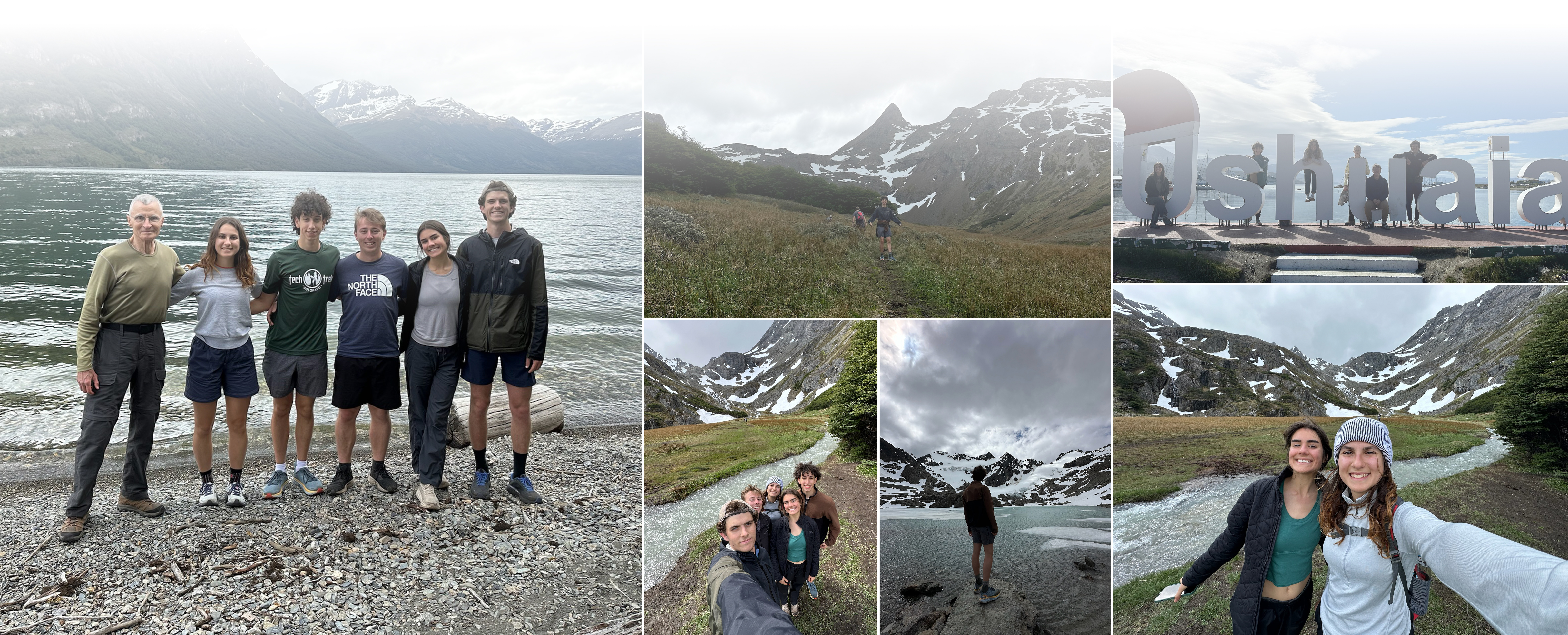
After exploring Ushuaia, the team boarded the Polar Pioneer. A 235-foot ice-strengthened research ship built in 1982, the Polar Pioneer can hit a cruising speed of 10 knots and was the launching point for the kayaking sessions. But life on a small boat in the open water brought new challenges.
“The Drake Passage can make you feel a little seasick,” said Sherwood. “It’s regarded as one of the most dangerous water crossings on the planet, so we rocked a lot as we were going over swells and waves [on the way to Antarctica].”
The crew of the Polar Pioneer allowed access to the bridge, and they answered questions from the students.
Emma Iseman, an industrial engineering student, talked about how much she learned about operating a ship in that part of the world. “We had an awesome captain who was always cracking jokes, teaching us things, and telling us stories.”
After nearly 48 hours at sea, the team caught a glimpse of their first iceberg, which included a colony of penguins. Not long afterward, the shadowy mountains of the south Shetland Islands appeared on the horizon.
“That’s when it felt real,” said Sherwood. The team began exploring rarely paddled water in locations with names like Deception Island, Hydrurga Rocks, and Paradise Harbor.
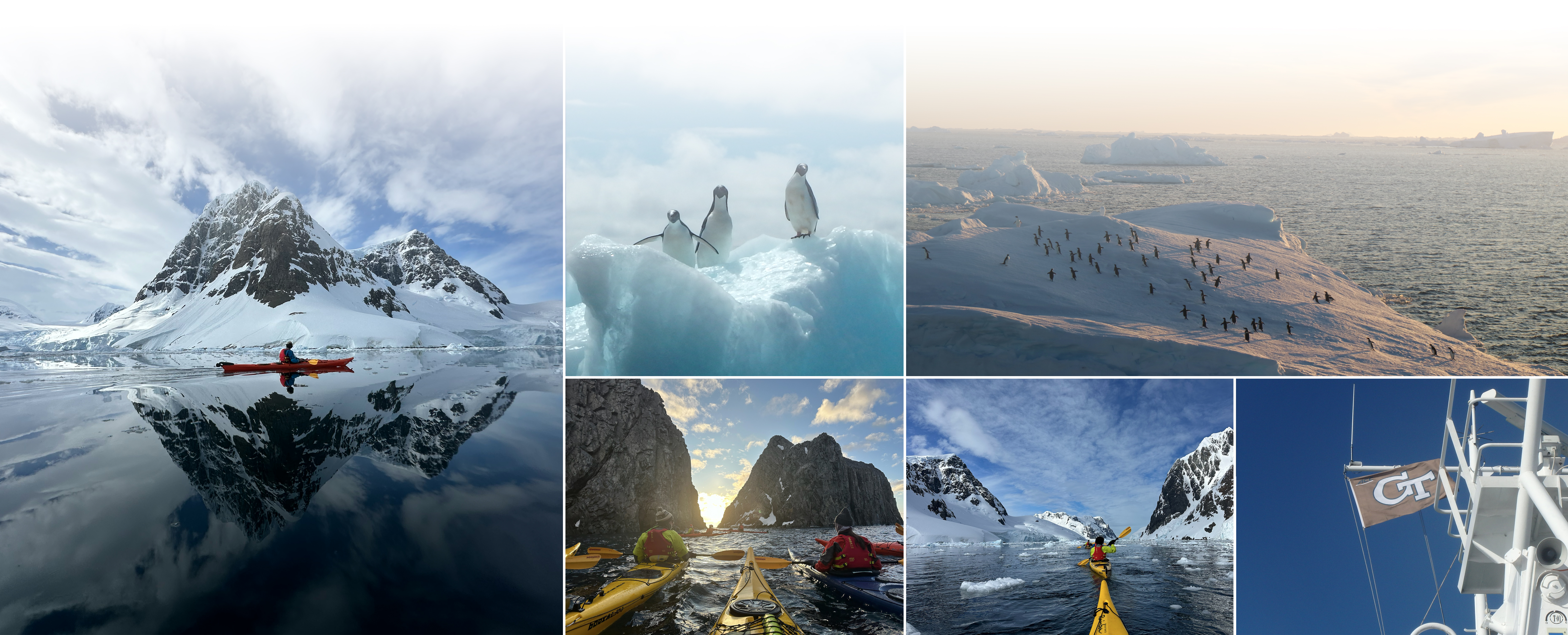
They cruised in glassy bays and blue water past majestic mountains, massive glaciers, and bustling wildlife. They encountered whales, orcas, seals, dozens of bird species, and, of course, more penguins.
“They were definitely one of the biggest highlights of the trip,” said Sherwood. “They’re so much fun to watch, and it looks like they each have different personalities. They’re adorable.”
Though the team was able to be near the penguins, they were careful not to disturb the colonies or impact their habitat and the pristine Antarctic environment.
“We follow Leave No Trace guidelines,” said Traendly. “We can go visit on a kayak and get up close to things that you otherwise can’t get to, and you don’t leave an impact. On these trips, you get to see things that very few people ever get to see.”
Electrical engineering student Deni Dimitrova had difficulty finding words to describe the entire experience.
“It was just incredibly surreal,” she said. “All I’ve been able to come up with is ‘wild.’”
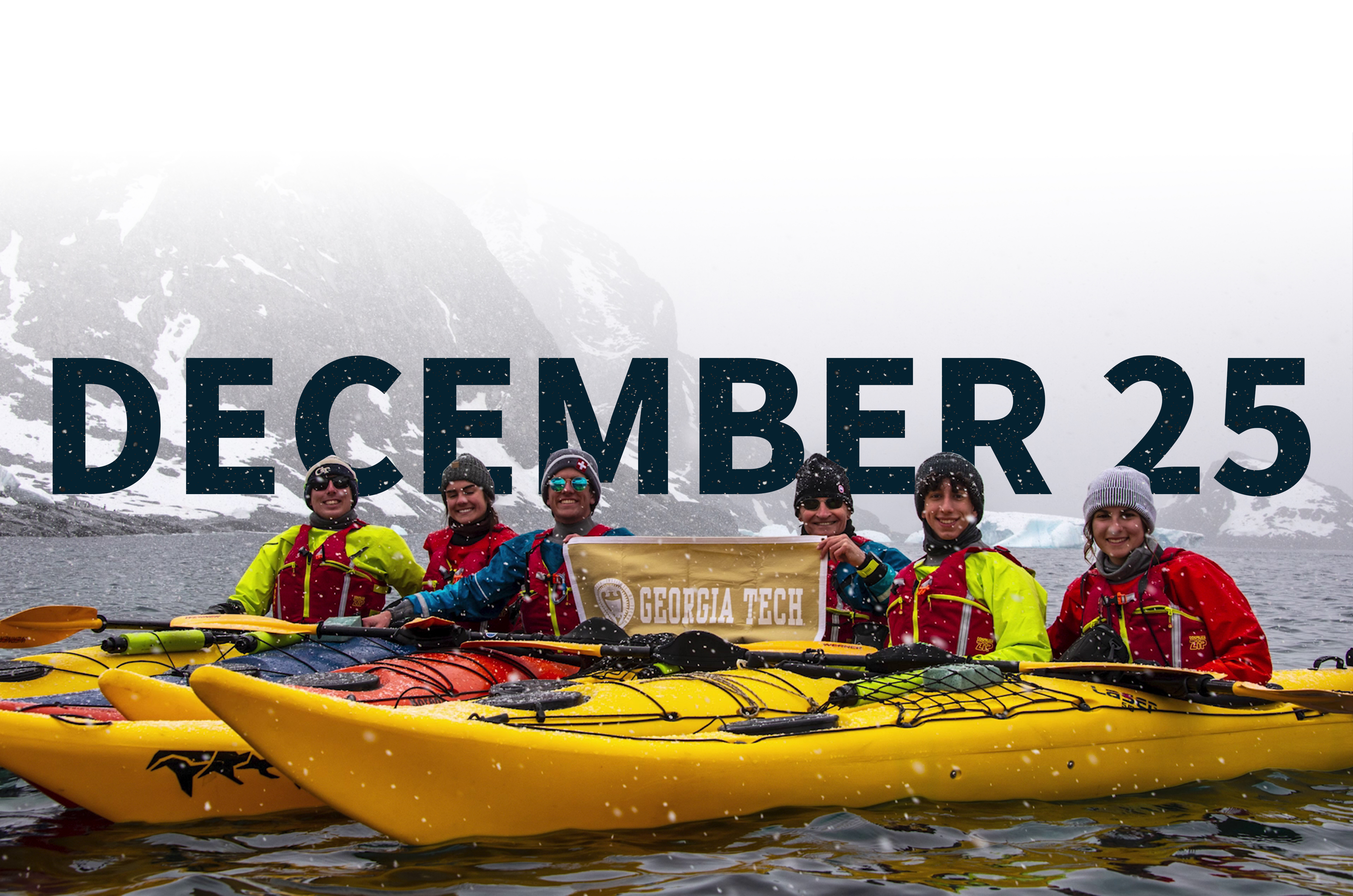
The weather in Antarctica can be unpredictable and chaotic. The sun can disappear in minutes, blanketing the landscape in grayness, cold, and snow. It is not an easy place to go kayaking.
On Christmas Day, the Georgia Tech team had two paddles scheduled, one in the morning and one later in the evening. December is the dead of summer for the southern hemisphere, and the South Pole gets nearly 24 hours of daylight. On one of the coldest days of the trip, the team set out to circumnavigate Astrolabe Island. Midway through the paddle, snow began falling.
“Everyone’s beanies were covered with snow and ice,” remembered Sherwood. “There were little icicles forming off our sunglasses. The wind had picked up, and our hands were feeling it.”
“It was my first white Christmas!” exclaimed Iseman.
On the backside of the island, there was a narrow channel the team had to pass through to complete the trip. Waves from three directions converged in an area nicknamed “The Washing Machine.” Each member had to go through individually, and the waves were so high they couldn’t see the kayaker in front of them. They had to take extra care not to crash into the rocks.
That evening, they went to Spert Island. Again, the waves and winds were high, but each Yellow Jacket passed through, unscathed but cold.
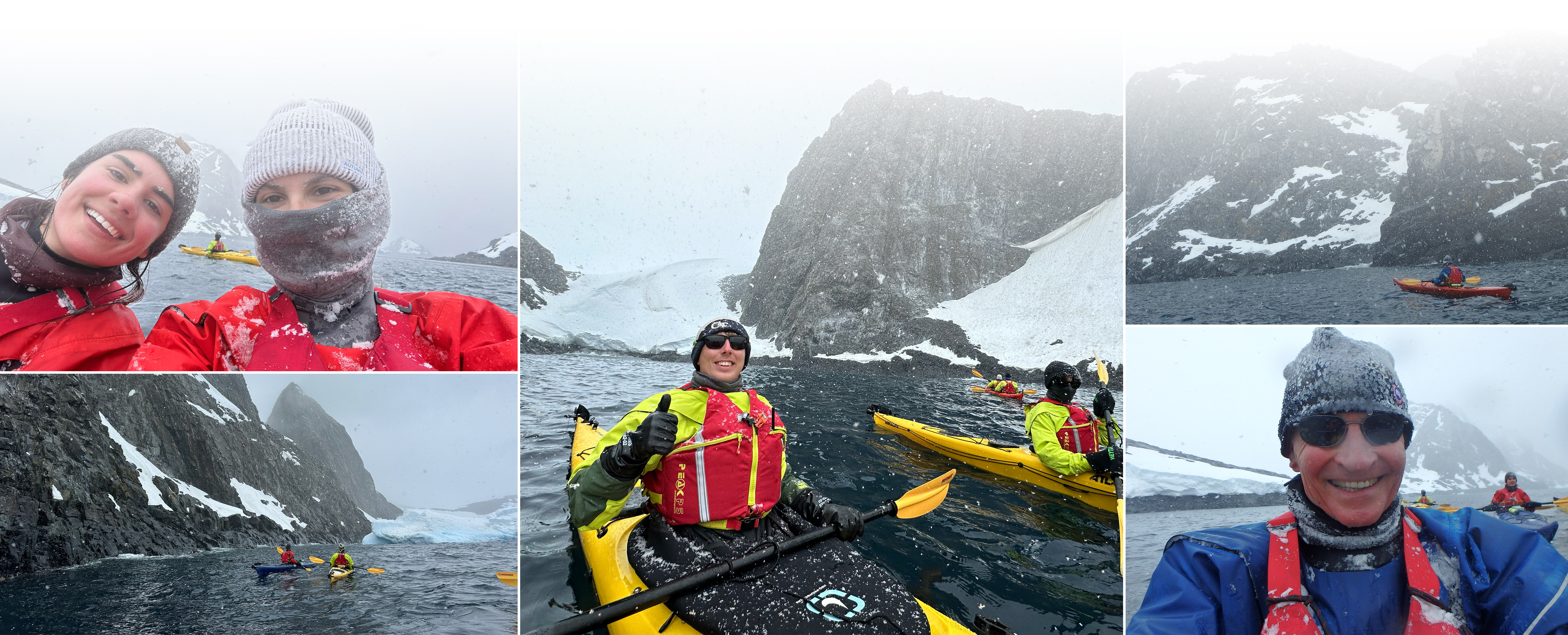
“It was some of the roughest conditions I’ve ever been in,” said Sherwood. “It was an incredible paddle.”
“Any coastal kayaking we had done [in the past] felt a lot less intense after the paddles we did on Christmas,” said Dimitrova.
“It felt like such an accomplishment to tackle a challenge of that scope,” added Iseman.
Traendly wasn’t surprised the team succeeded.
“It’s not only leadership. It’s a kind of courage that people demonstrate to work together as a team and bring the team through,” he said. “You hope they take this and say, ‘This is one of the highlights of my life’ — one of the unique experiences they take away from Tech.”
For Sherwood and Reidy, going to both Greenland and Antarctica in the span of four months wasn’t part of their first-year Georgia Tech goals.
“It’s not an opportunity I ever expected to have in college,” he said. “I never expected to do this much kayaking in my life. Grant [Reidy] was one of the first people I met at Georgia Tech, so the fact that we’ve been able to lead these expeditions is just crazy.”
Advancing from the tepid waters of Lake Sinclair to the massive floating icebergs in Greenland and blustery seas of Antarctica, Sherwood, Reidy, and their teams have represented Georgia Tech at the top and bottom of the earth — at the ends of the world.
***

Credits
Writer: Brice Zimmerman
Editors: Brigitte Espinet, Robert Stalker
Design and Layout: Brice Zimmerman
Video Editing: Brice Zimmerman
Greenland Photography: Chad Pozarycki
Antarctica Photography and Video: Max Brogi, Deni Dimitrova, Emma Iseman, Grant Reidy, Taylor Sherwood, John Traendly